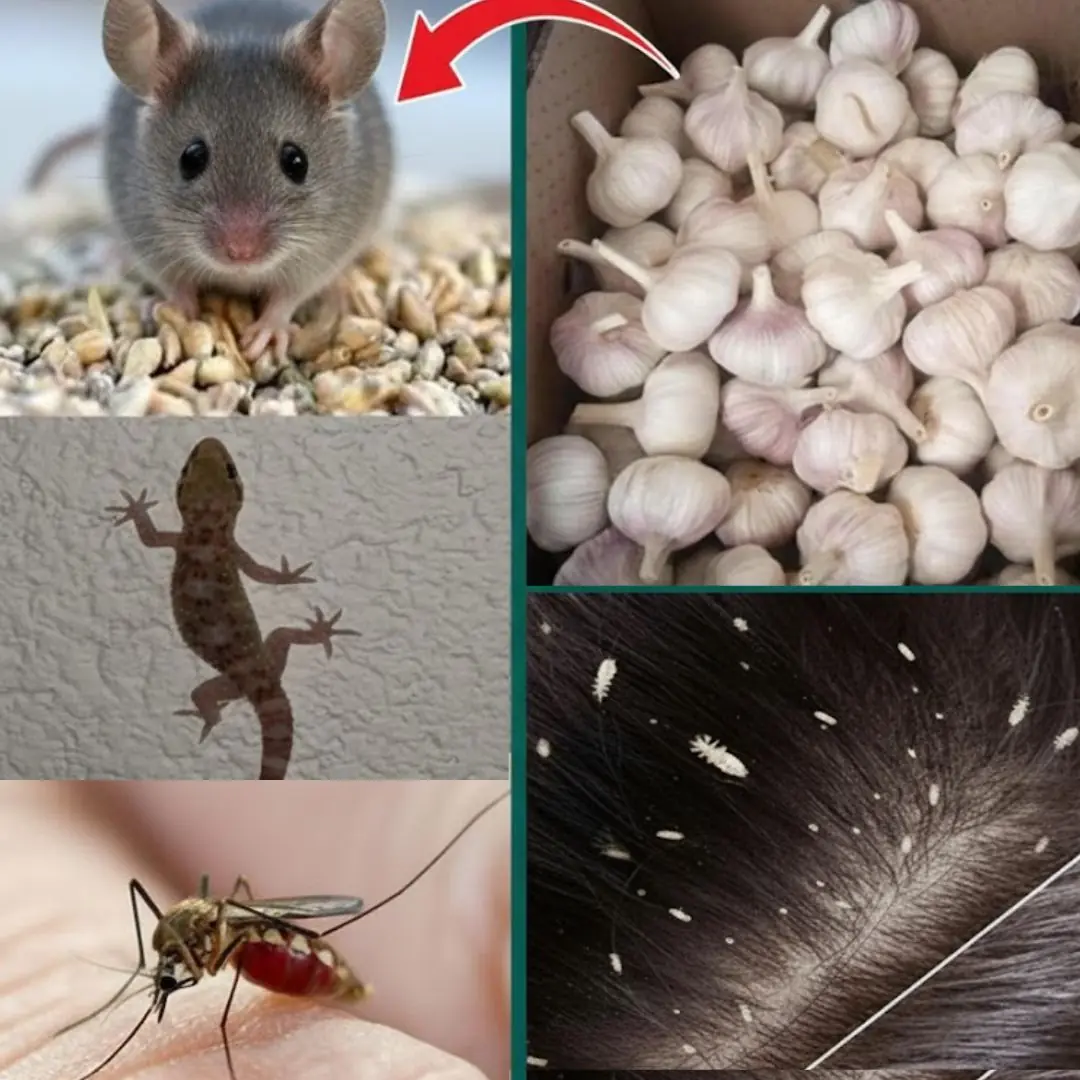
10 Reasons to pick purple dead nettle this spring
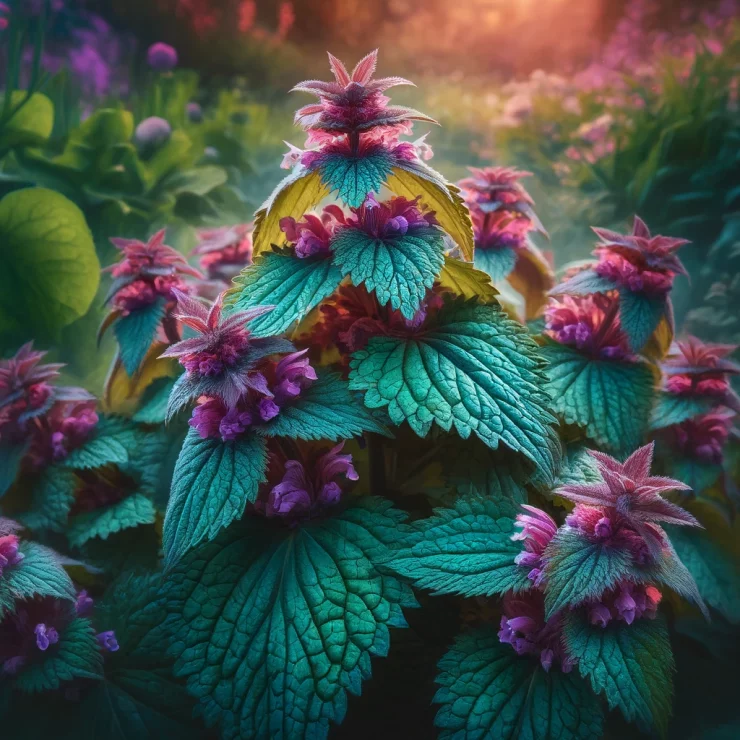
10 Reasons to Forage Purple Dead Nettle (Lamium purpureum) This Spring
Spring = reset mode. Amid the fresh greens, purple dead nettle stands out with soft, fuzzy leaves and little purple hoods that bees adore. Often dismissed as a “weed,” it’s actually a clutch, multi-use herb for cooks, crafters, and nature nerds alike.
Why It Deserves a Spot in Your Basket
-
Abundant & easy to find
Thrives in gardens, field edges, meadows, vacant lots, and even cracks in urban soil. Translation: low effort, high yield. -
Early-season nectar
One of spring’s earliest blooms, feeding hungry pollinators (bees, butterflies) when not much else is flowering. -
Edible, mild leaves
Young tops are tender with a spinach-adjacent vibe. Toss into salads, omelets, soups, pestos, or sauté like a spring green. -
Traditional herbal uses
Folk herbalism uses include soothing minor inflammation or seasonal sniffles; astringent properties make it a go-to for simple teas and compresses. Note: supportive, not curative. -
Nutrient-dense
Contains vitamin C, vitamin A, minerals like calcium and iron, plus helpful phytonutrients. It’s not a multivitamin—but it’s a nice wild boost. -
Sustainable wild food
Foraging abundant “weedy” species reduces pressure on rarer plants and can help keep spread in check. -
Kitchen versatility
Fresh: salads, tacos, grain bowls. Cooked: quiche, frittata, spanakopita-style pies. Pantry: dry for tea, blend into herbal vinegars, or make an infused honey. -
Natural dye potential
Flowers yield gentle pink-lavender tones for fabric or yarn when used as a simple dye bath or solar jar dye. -
Garden ally
Acts as a living mulch in cool seasons, offers early floral resources, and aromatic growth can distract some pests. -
Mindful connection
Slow foraging = observing soil, insects, weather shifts. It’s a tactile way to sync with seasonal cycles.
ID Guide (so you don’t pick the wrong plant)
-
Leaves: soft, fuzzy, heart-to-triangular; upper leaves often flushed purple; shallowly scalloped edges.
-
Stems: square (mint family), often reddish, with soft hairs.
-
Flowers: small purple/pink hooded blooms in whorls at leaf nodes.
-
Height/form: low, patch-forming annual; top leaves stack like a little pagoda.
-
Lookalikes: henbit (Lamium amplexicaule) is edible too, with rounder, stem-clasping leaves; true stinging nettle is a different genus (Urtica) and, well, stings.
If unsure, skip it. Correct ID beats overconfidence every time.
Harvesting Tips
-
Best stage: tender tops (the top 5–10 cm) in early spring before it gets lanky.
-
Where not to pick: sprayed lawns, road edges, pet-heavy areas, industrial lots.
-
How to pick: pinch or snip tops; shake gently for bugs; bring a breathable bag.
-
Prep: rinse, pat dry. For tea or pantry use, air-dry on screens until crisp, then store in a jar away from light.
Easy Uses (zero fuss)
-
5-Minute Pesto: dead nettle tops + parsley or basil, garlic, nuts/seeds, lemon, olive oil, salt. Blitz.
-
Spring Sauté: olive oil, garlic, a heap of chopped tops; finish with lemon and flaky salt.
-
Herbal Tea: 1–2 tsp dried leaves per cup, steep 8–10 min.
-
Infused Vinegar: pack a jar 2/3 with fresh leaves/flowers, cover with apple cider vinegar, steep 2–4 weeks, strain.
Safety & Common Sense
-
Allergies happen—try a small amount first.
-
If pregnant, breastfeeding, on meds, or managing conditions (e.g., blood pressure, blood sugar), talk to a clinician before adding regular herbal teas or vinegars.
-
Forage ethically: take modestly, leave plenty for pollinators and reseeding.
News in the same category


Banana and Coffee: Powerful combination with surprising benefits
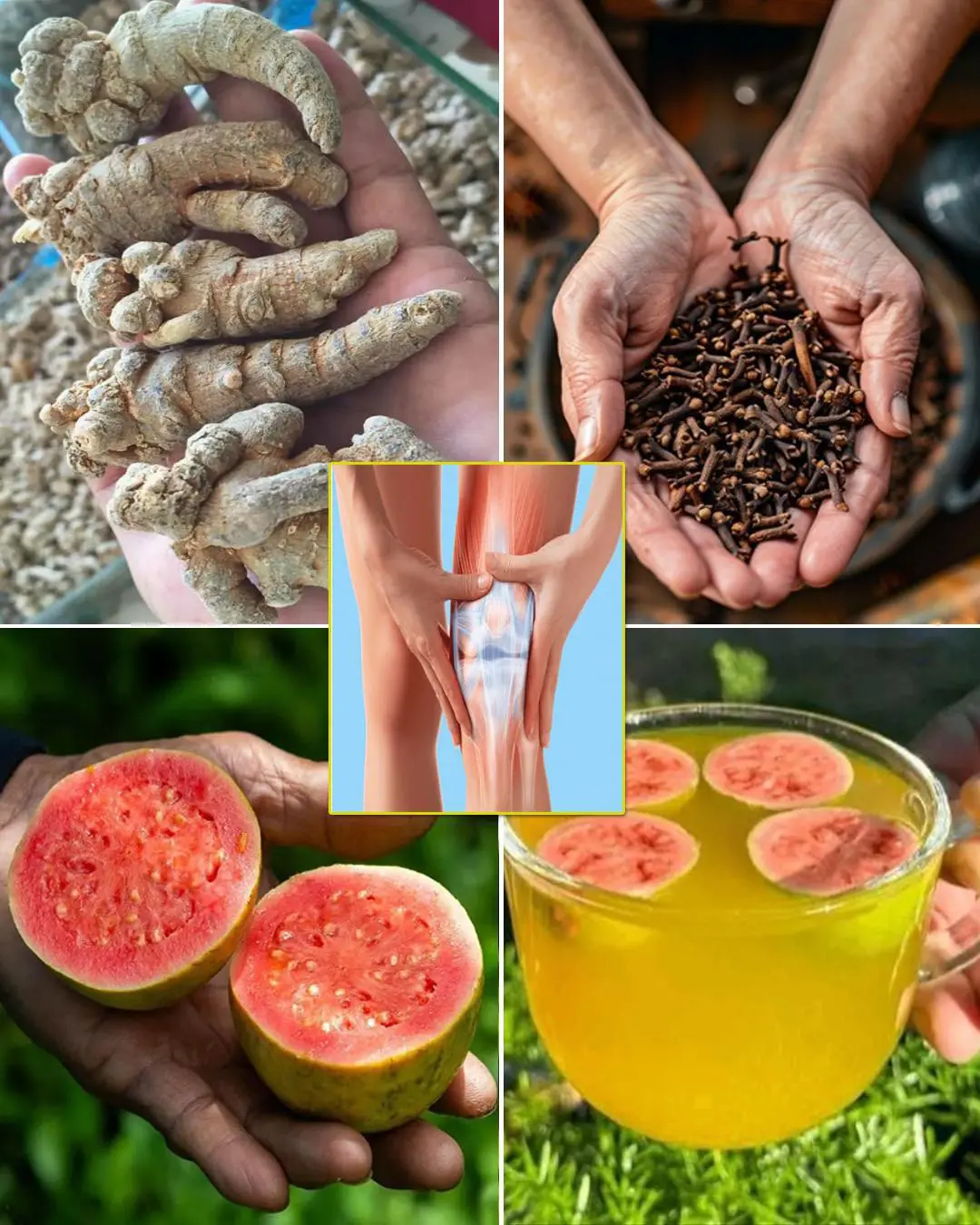
The Ultimate Healing Tonic: Ginger, Guava, Cloves & Turmeric in One Powerful Cup
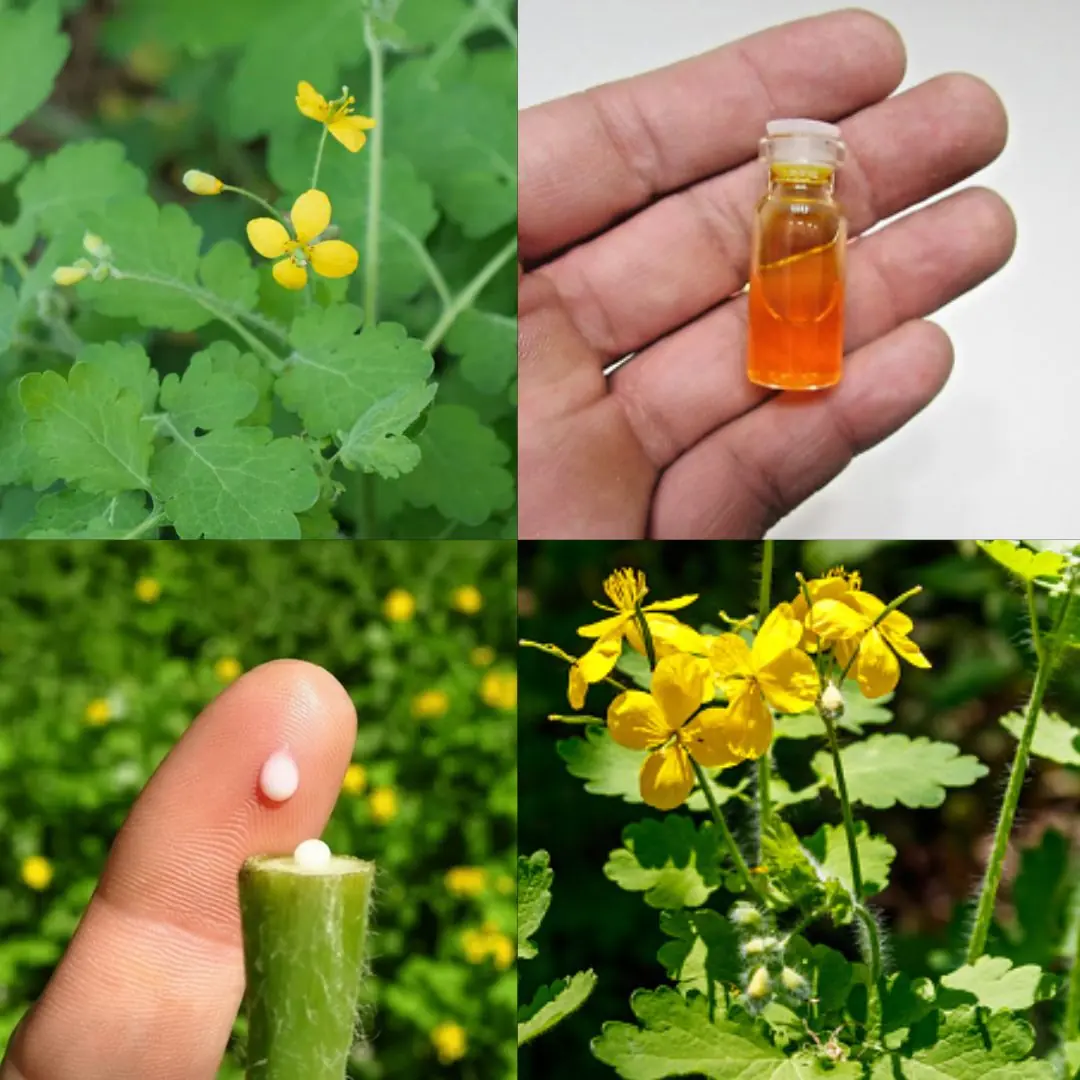
Chelidonium majus L. – The Greater Celandine: Benefits, Uses, and Precautions
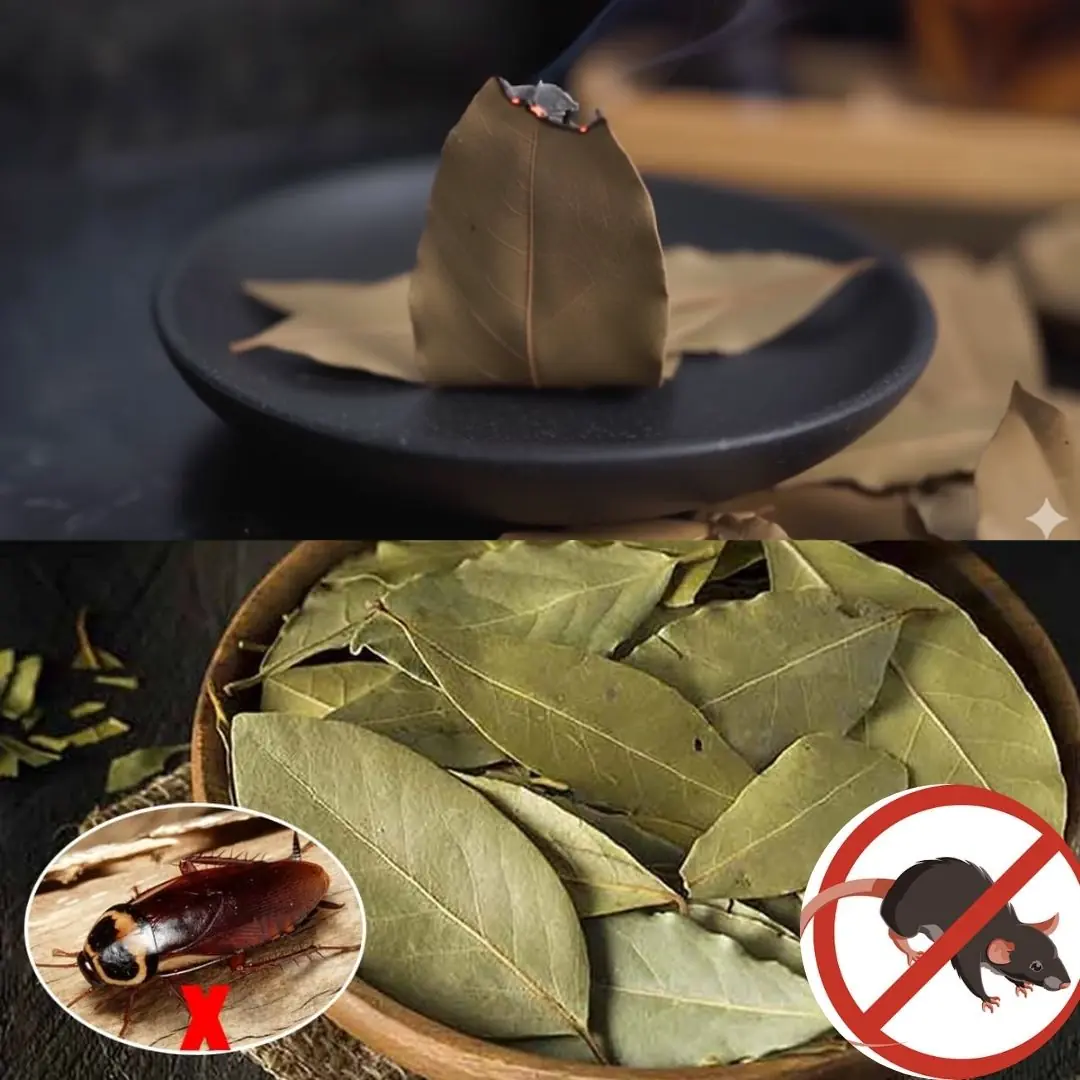
How to Use Bay Leaves to Naturally Repel Household Pests
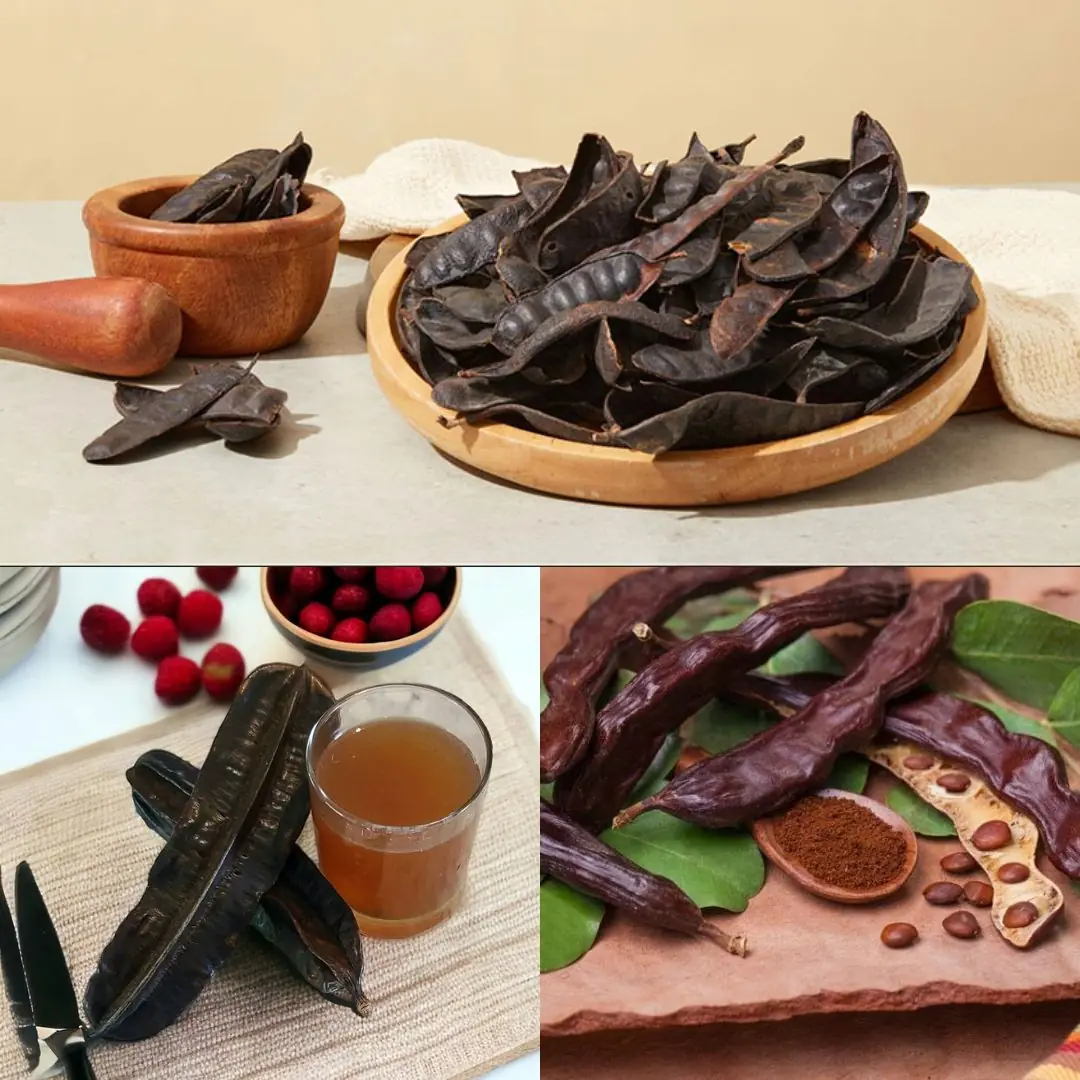
Carob (Ceratonia siliqua): Benefits and Homemade Uses
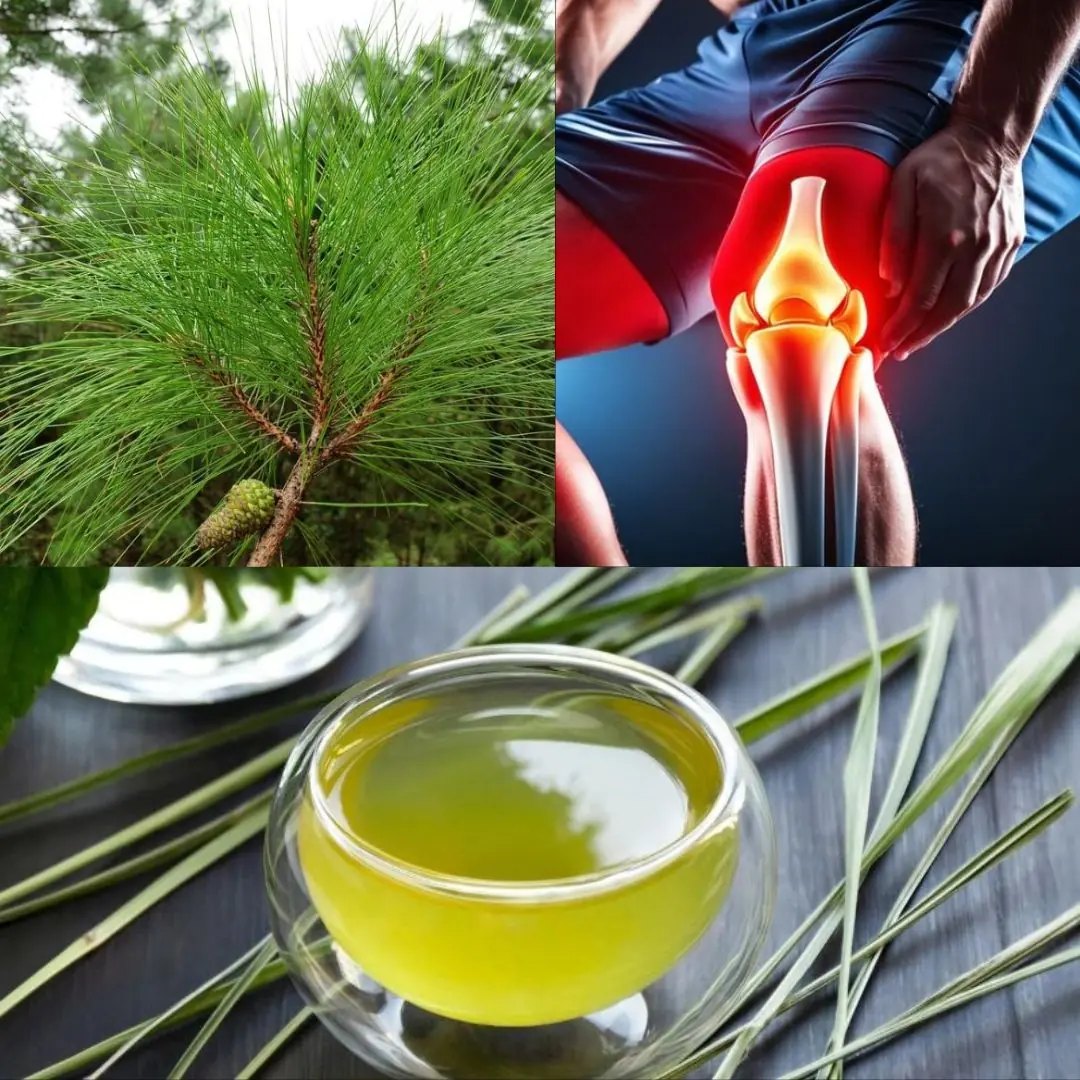
The Power of Pine Needles: 30 Benefits and Homemade Uses

Powerful Healing with Cabbage Leaves: Why Wrapping Them Around Your Body Works Wonders
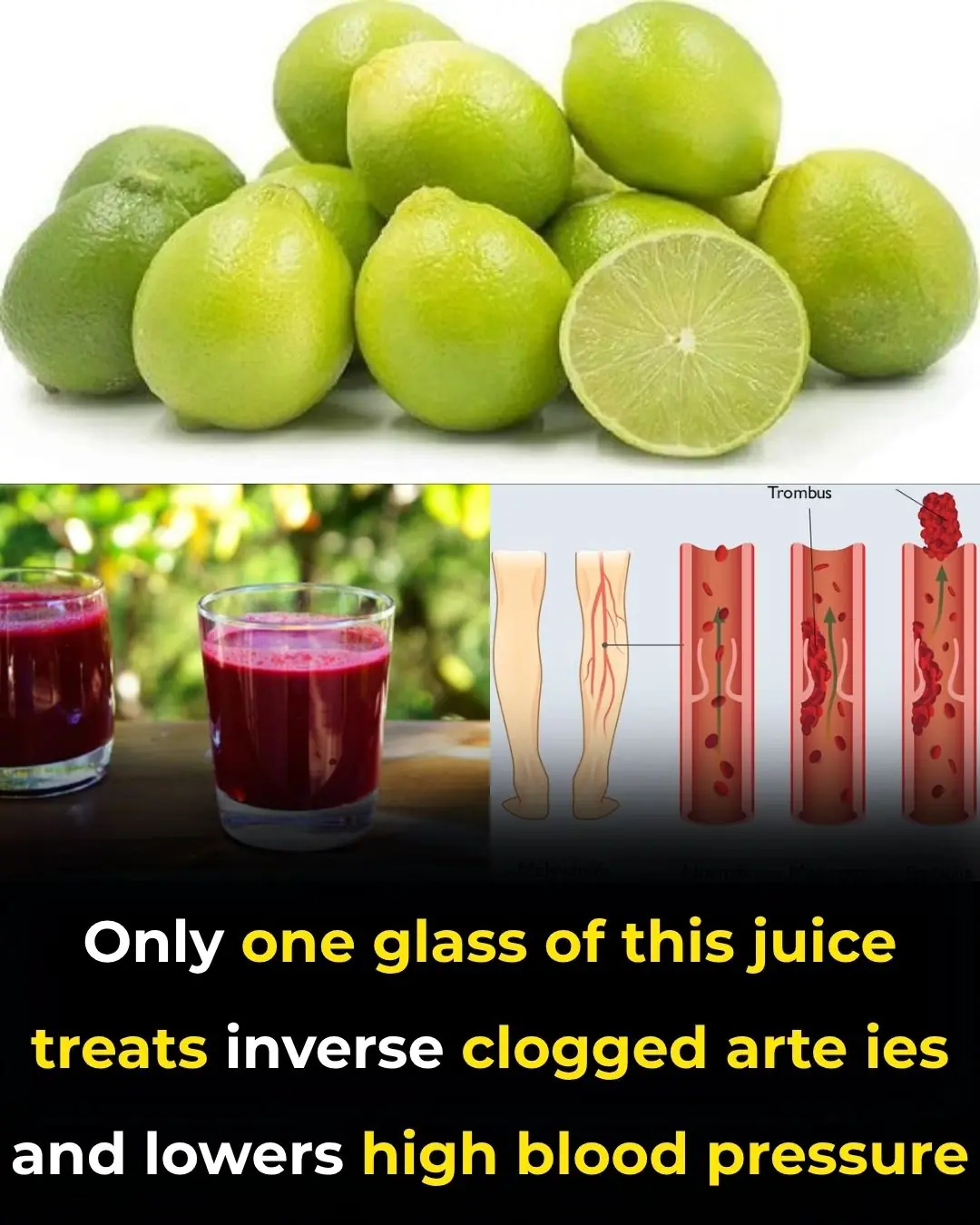
Powerful Beetroot and Lemon Juice: Your Natural Ally Against Hypertension
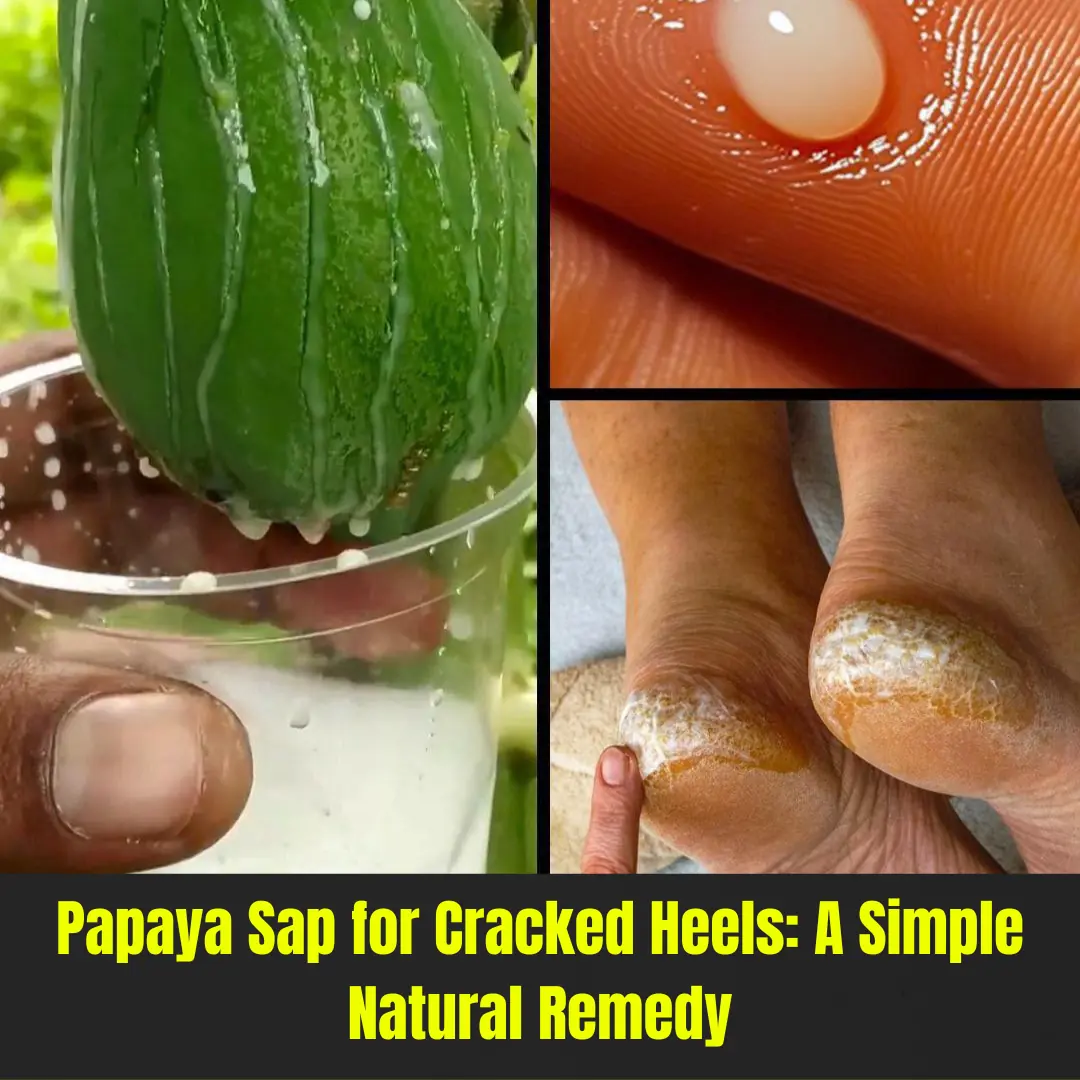
Papaya Sap for Cracked Heels: A Simple Natural Remedy

Garlic for Ear Health: Natural Relief and Protection
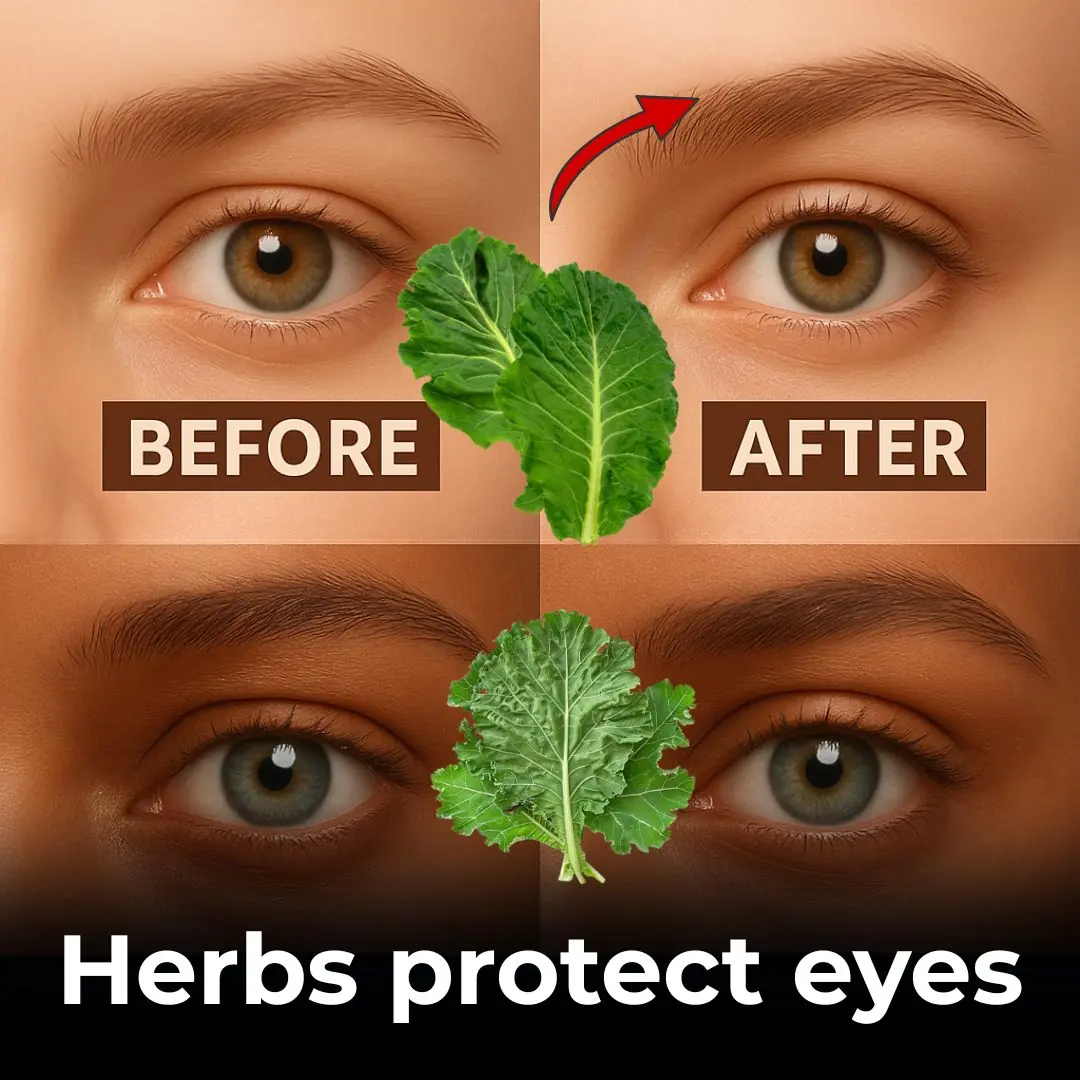
7 Essential Leaves to Naturally Improve Your Eye Health
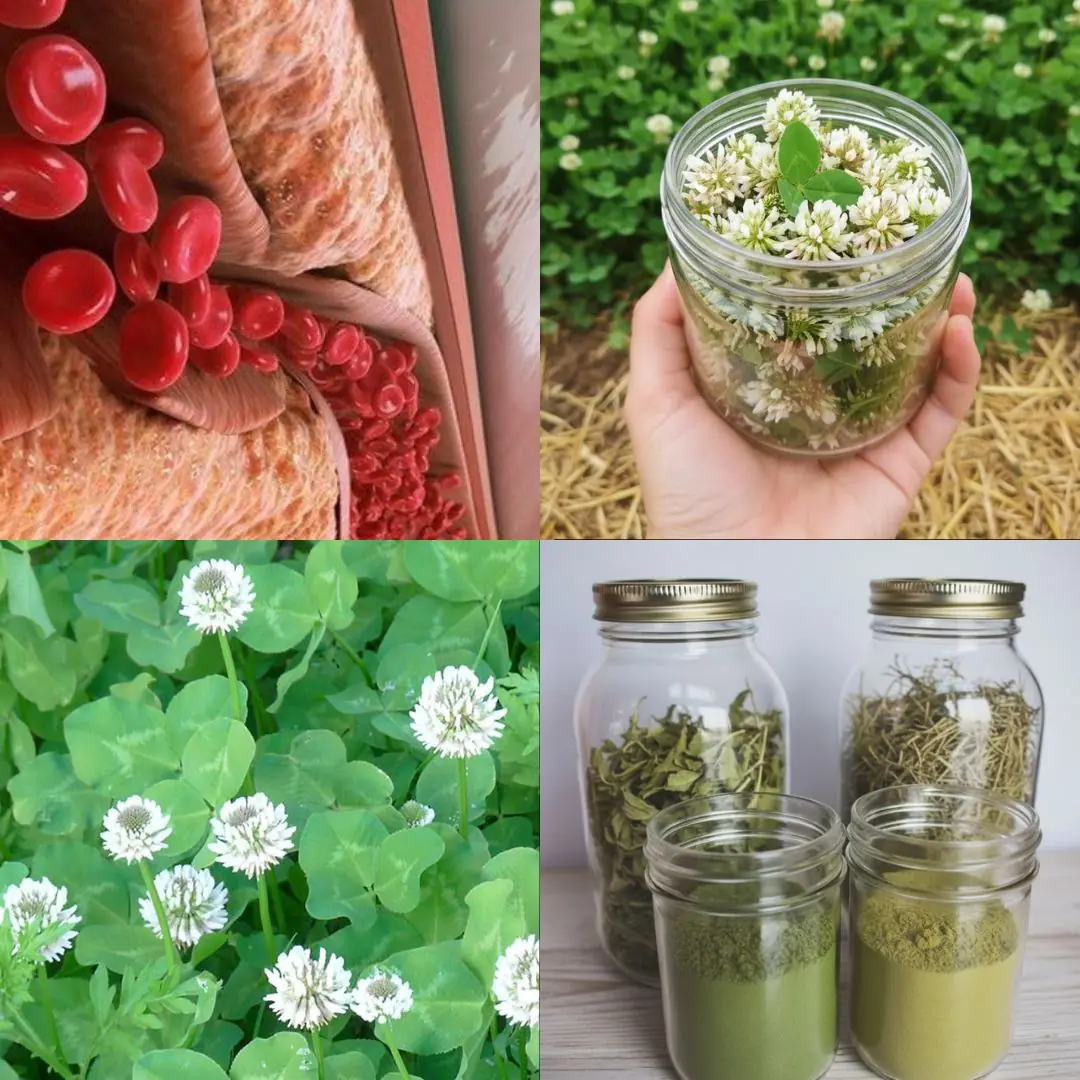
White Clover (Trifolium repens): 15 Benefits and Homemade Uses
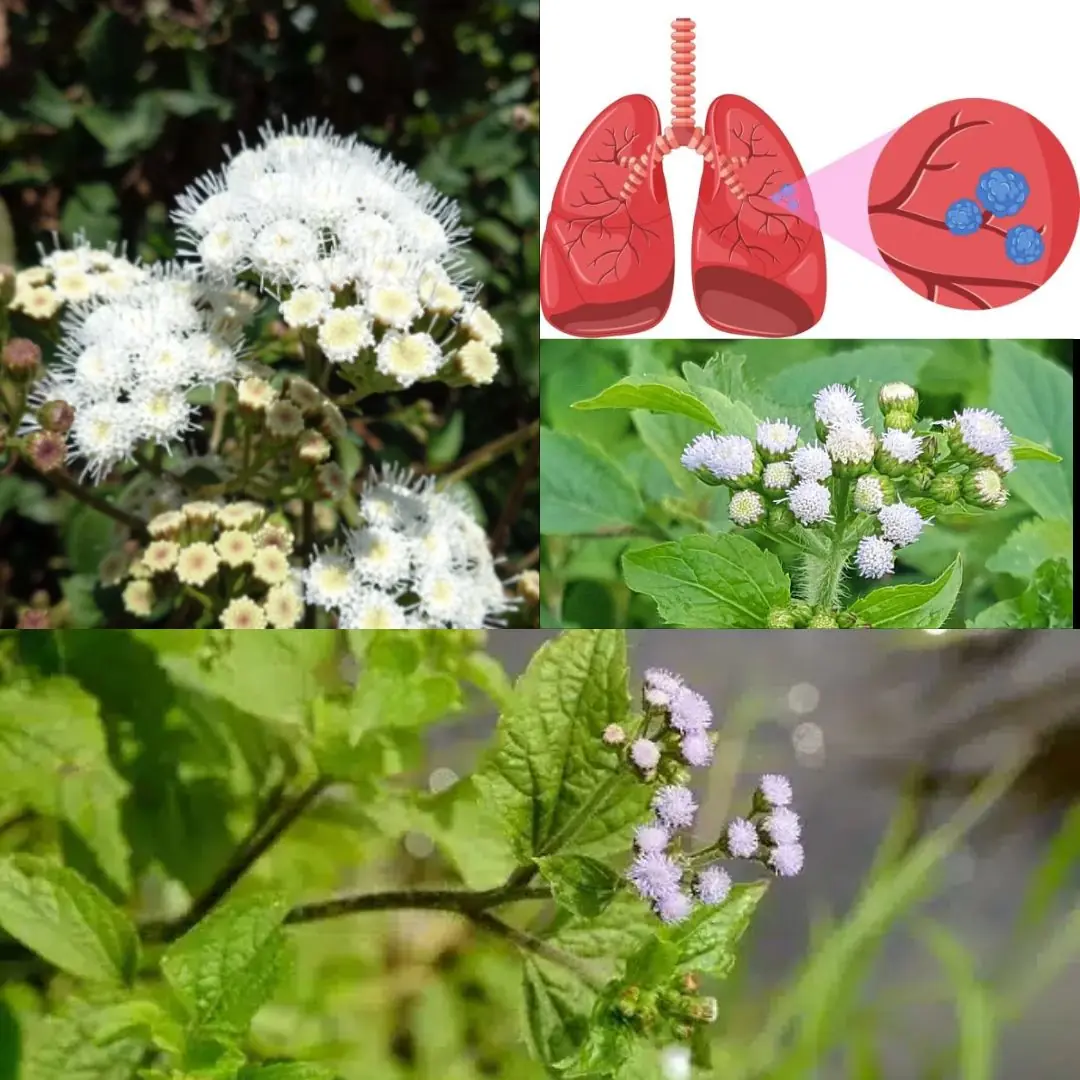
7 Benefits and Uses of Ageratum conyzoides
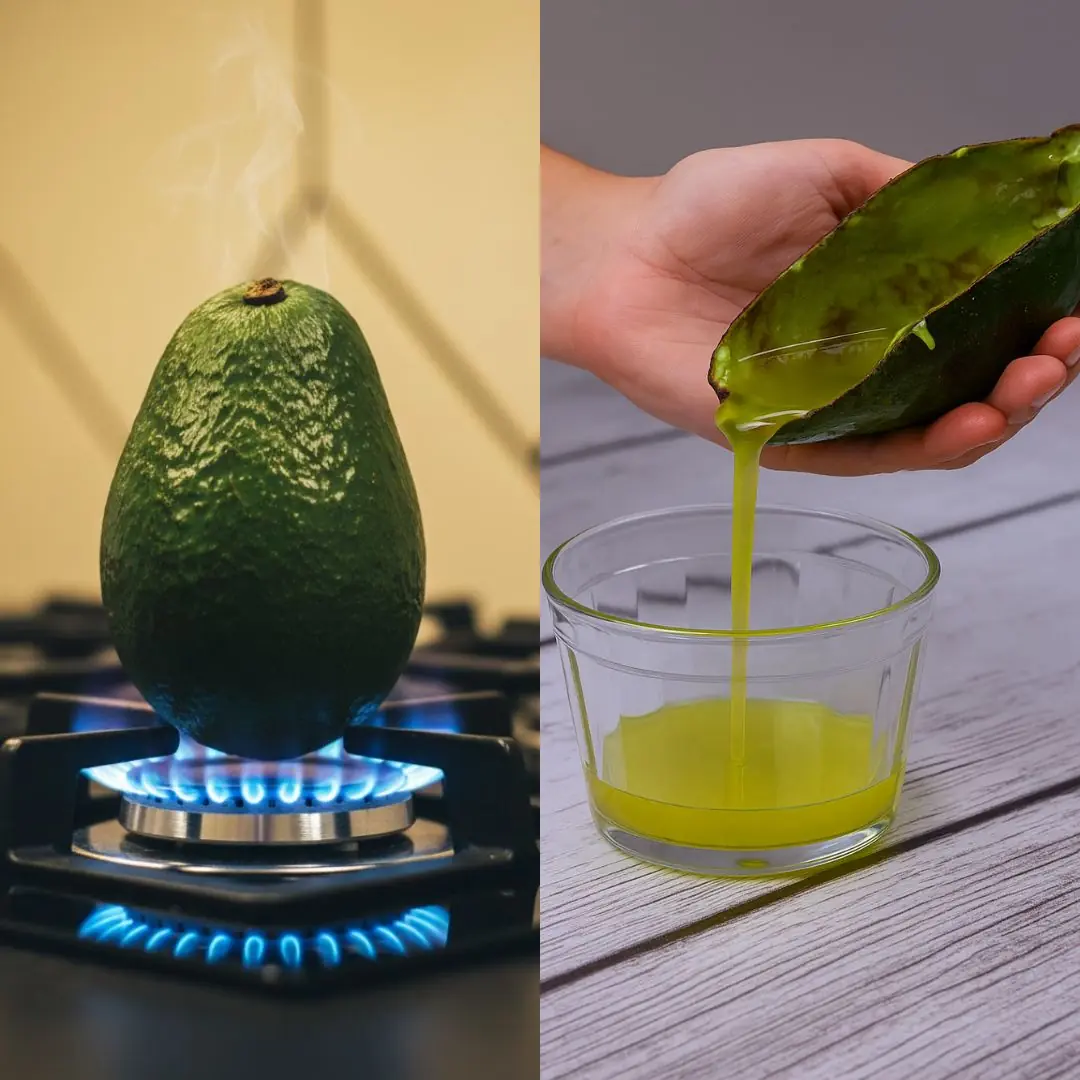
Here’s the secret why everyone puts avocados on the fire!
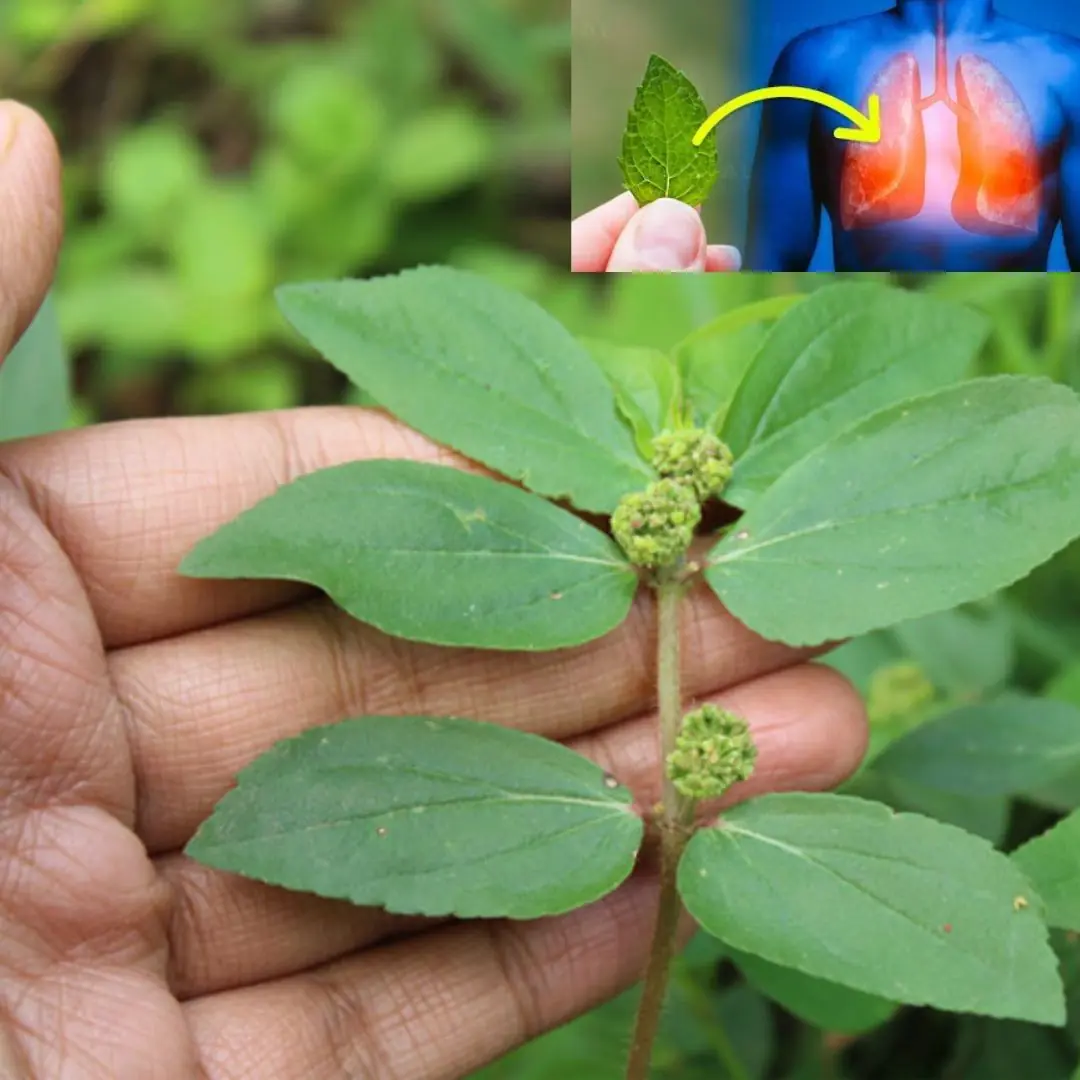
Euphorbia Hirta: 30 Benefits and How to Use It Safely
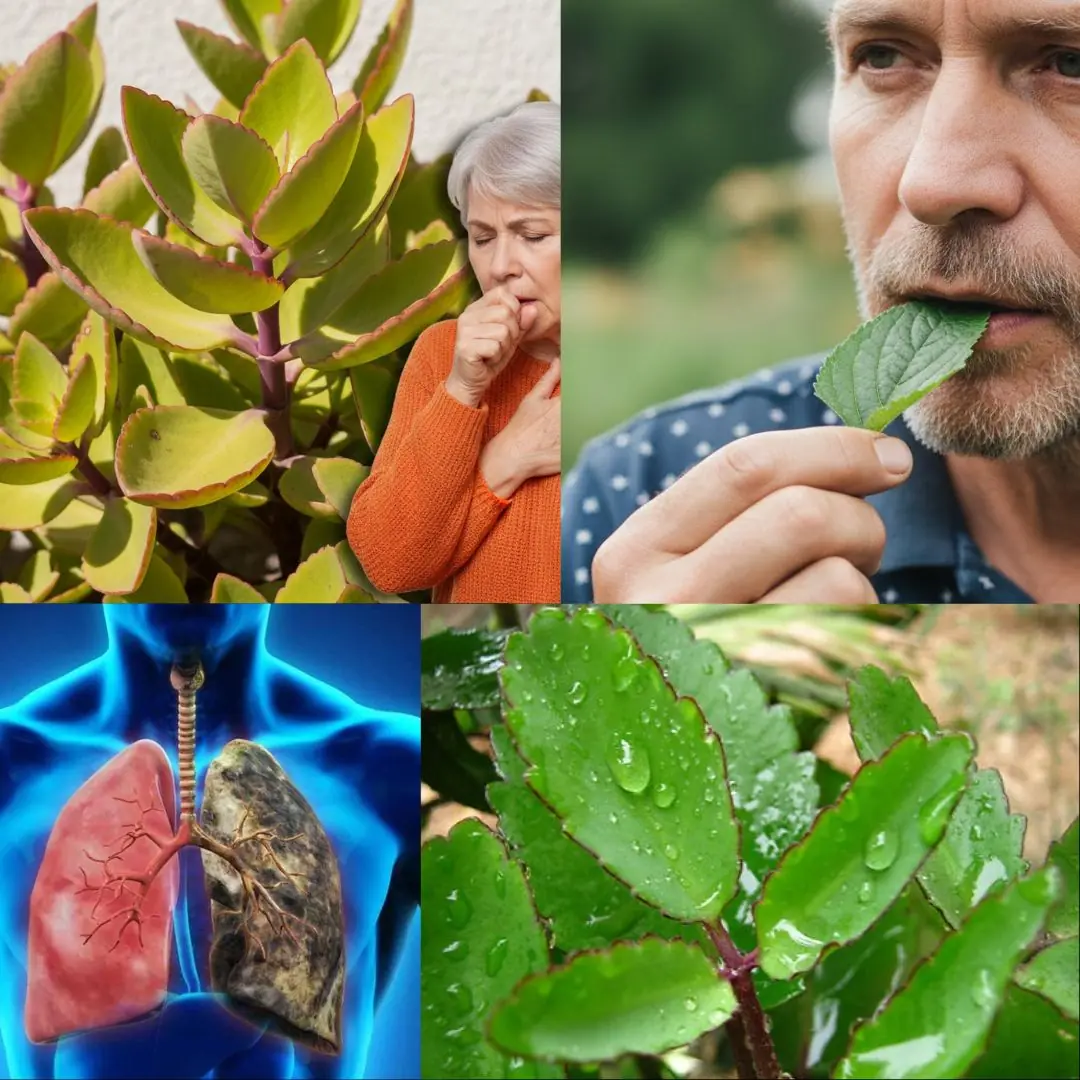
11 Surprising Benefits of The Miracle Leaf of Life

5 foods that damage your thyroid (they look healthy)
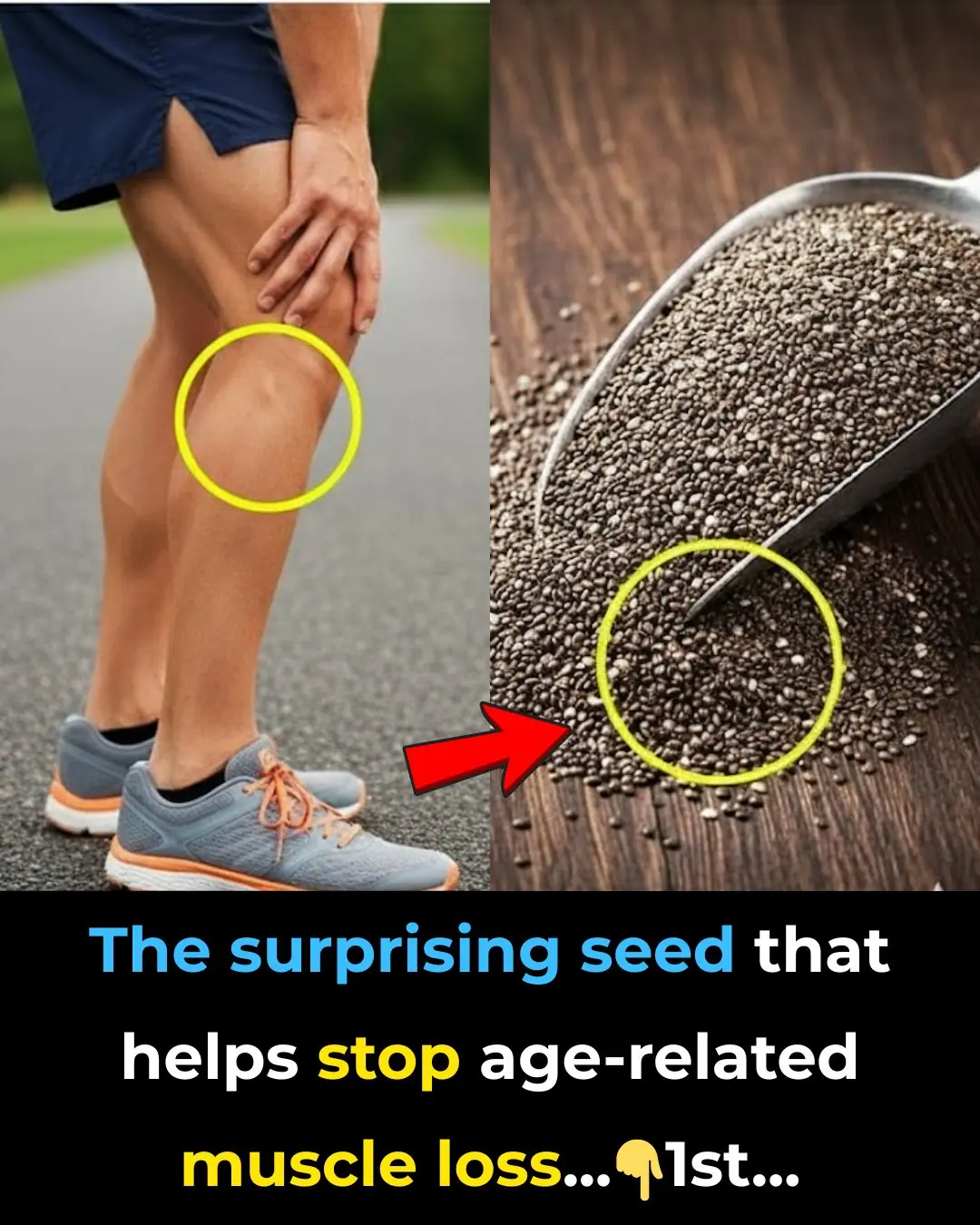
The surprising seed that helps stop age-related muscle loss
News Post

Rock Star’s Family Devastated As Common Symptom Leads To ER Visit And Aggressive Cancer Diagnosis

Tammy Slaton Shocks Fans With Stunning Weight Loss Photos—Inside Her Transformation

Doctors Feared Baby Had a Mouth Tumor—But the Real Cause Left Everyone Stunned

31-Year-Old Father Warns Others After Subtle Symptoms Lead to Colon Cancer Diagnosis

35-Year-Old Man Dubbed the “Modern Dorian Gray” Reveals His Unusual Secrets for Staying Youthful

7-Eleven Manager Allegedly Suffocates Employee During Shift—Victim Dies Days Later

Take This Before Bed — and Wake Up Transformed
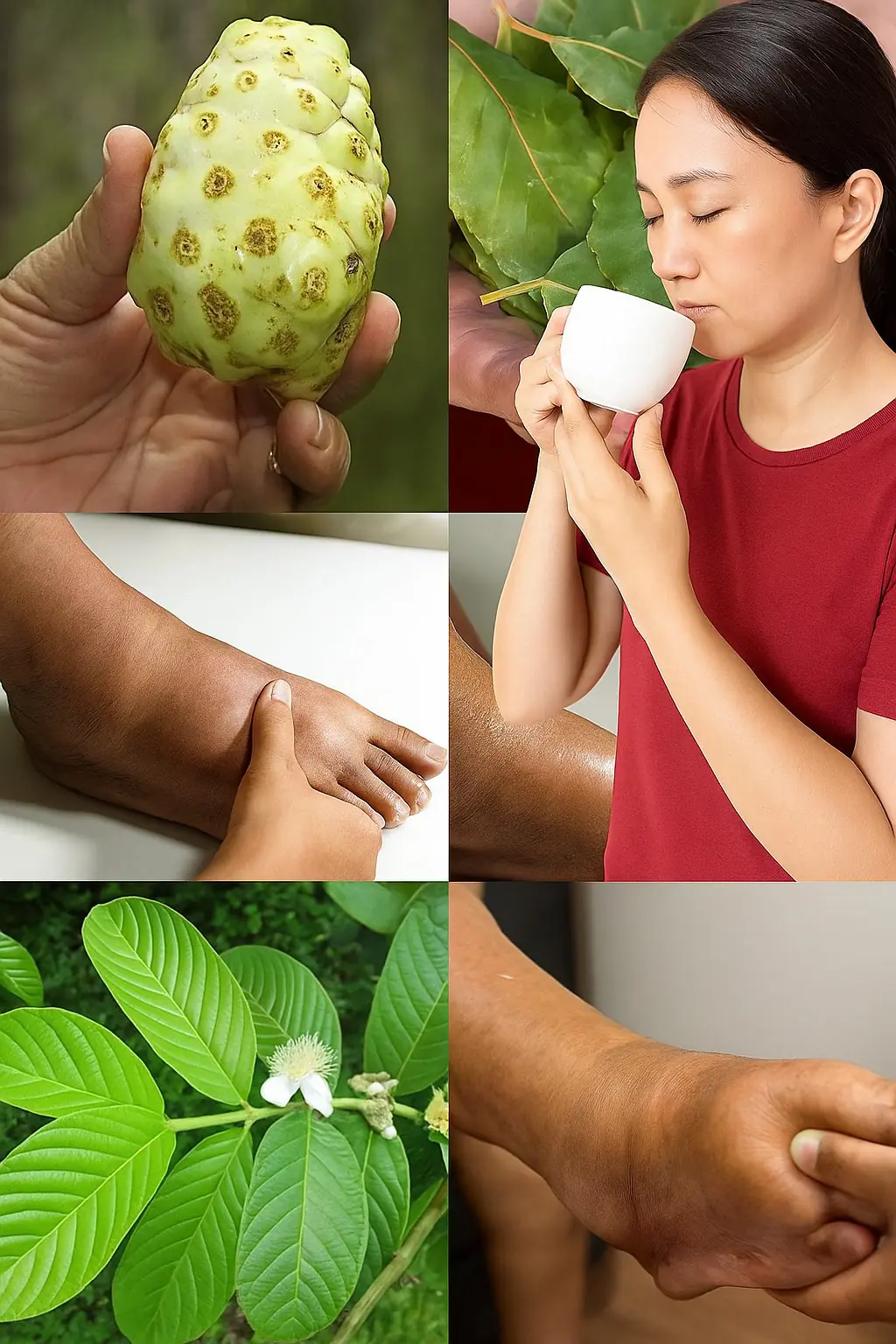
The Ultimate Healing Tonic: A Powerful Natural Drink for Swollen Feet, Diabetes & Poor Circulation

Stop This Dangerous Habit Before Your Phone Explodes!

Women Who Age Quickly & Have Shorter Lifespans Often Do These 4 Things at Night — How Many Are You Guilty Of?

Eating Fish “for Ultimate Strength” — 30-Year-Old Woman Diagnosed with Premature Ovarian Failure, Body Full of Mercury

42-Year-Old Man Dies of Stroke Despite No Smoking or Alcohol — Doctor Warns: “How Dare You Eat This Every Day!”

“Doctor warns: 3 beauty habits you might think are harmless — but that could speed up cancer development!”
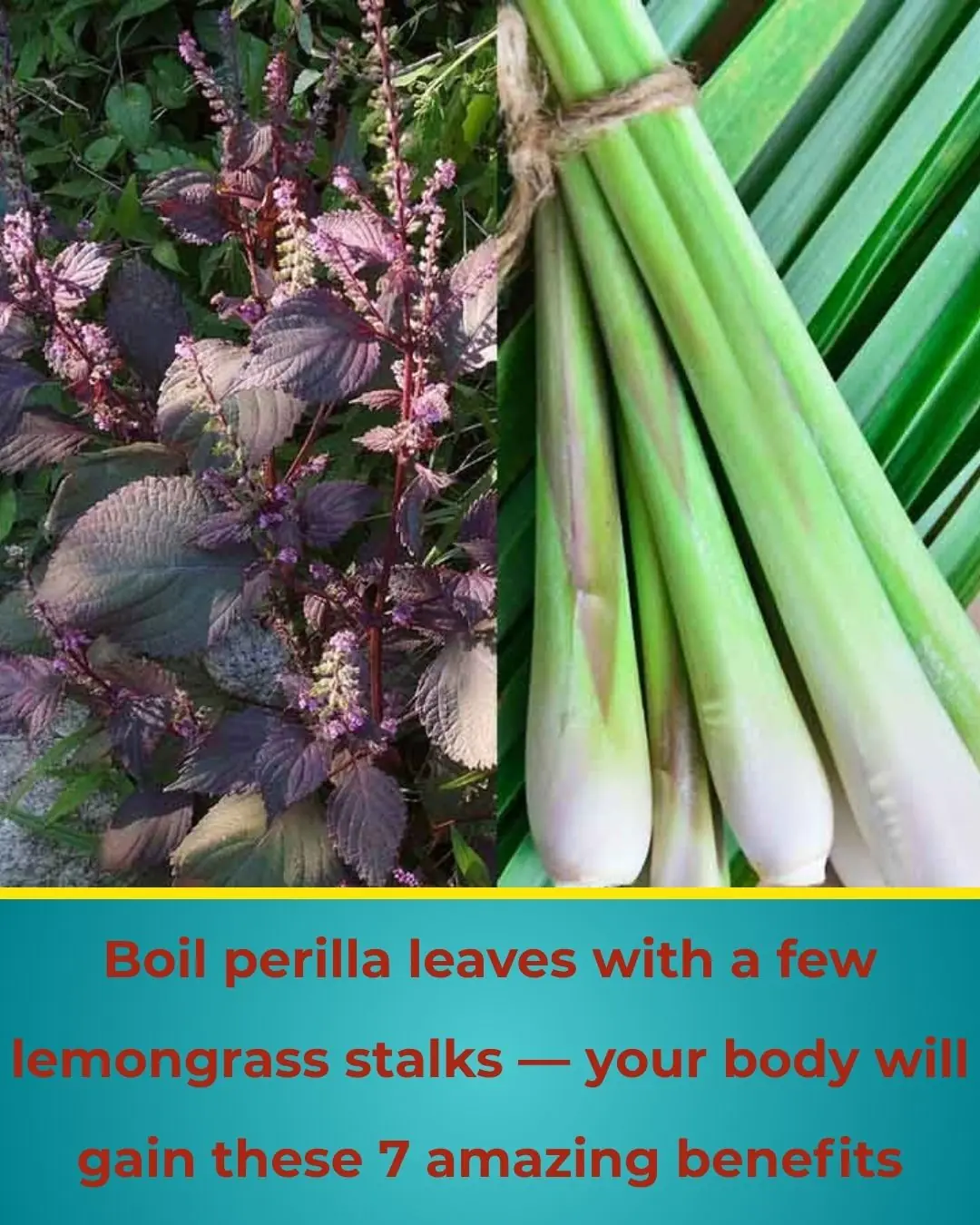
Boil Perilla Leaves with a Few Stalks of Lemongrass — Your Body Gets These 7 Excellent Benefits

Everyone Fears Diabetes — But Diabetes “Fears” These 5 Foods the Most

Objects That May Be Harming Your Health Without You Noticing
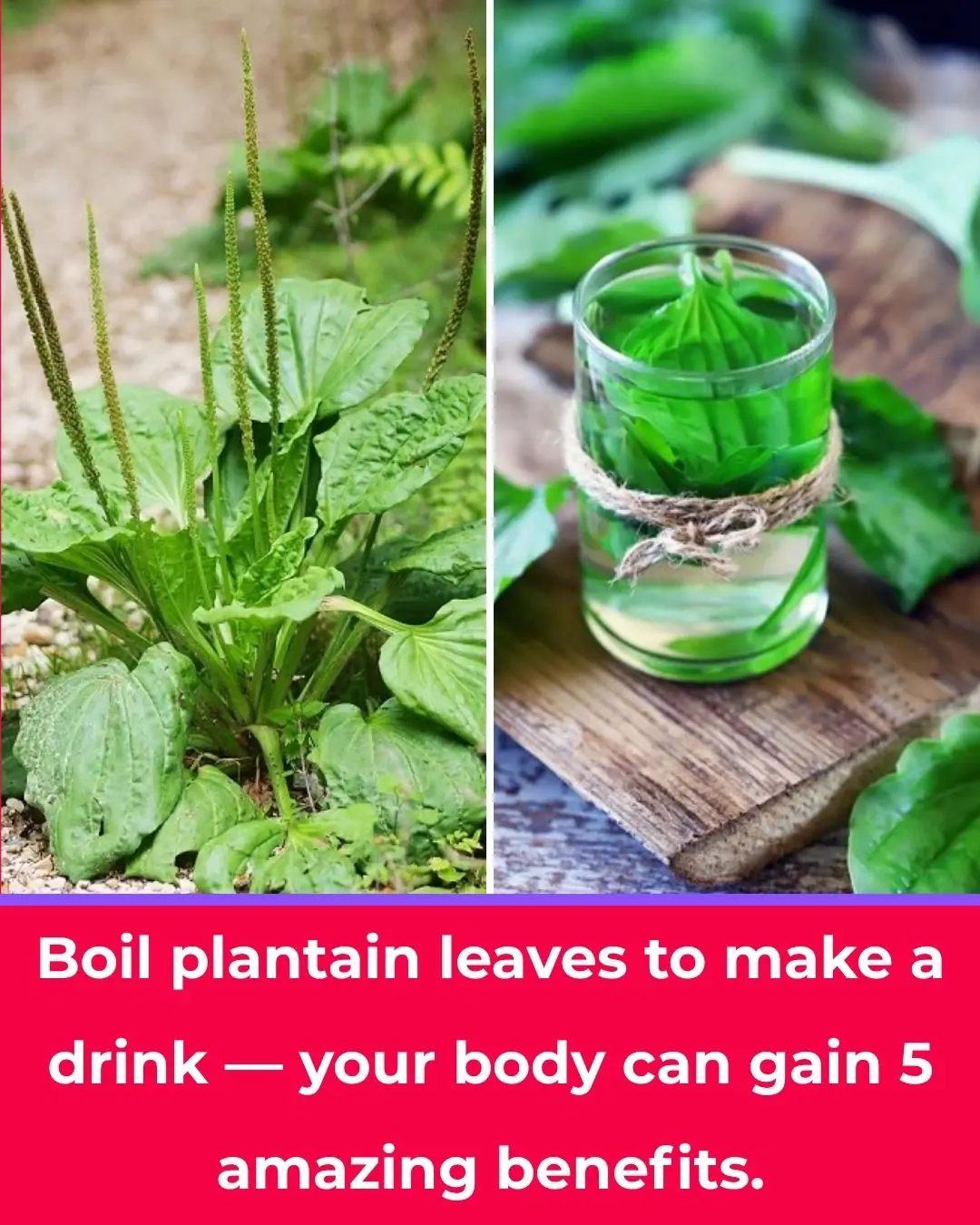
Drinking Plantain Leaf Tea: 5 Powerful Health Benefits for Your Body
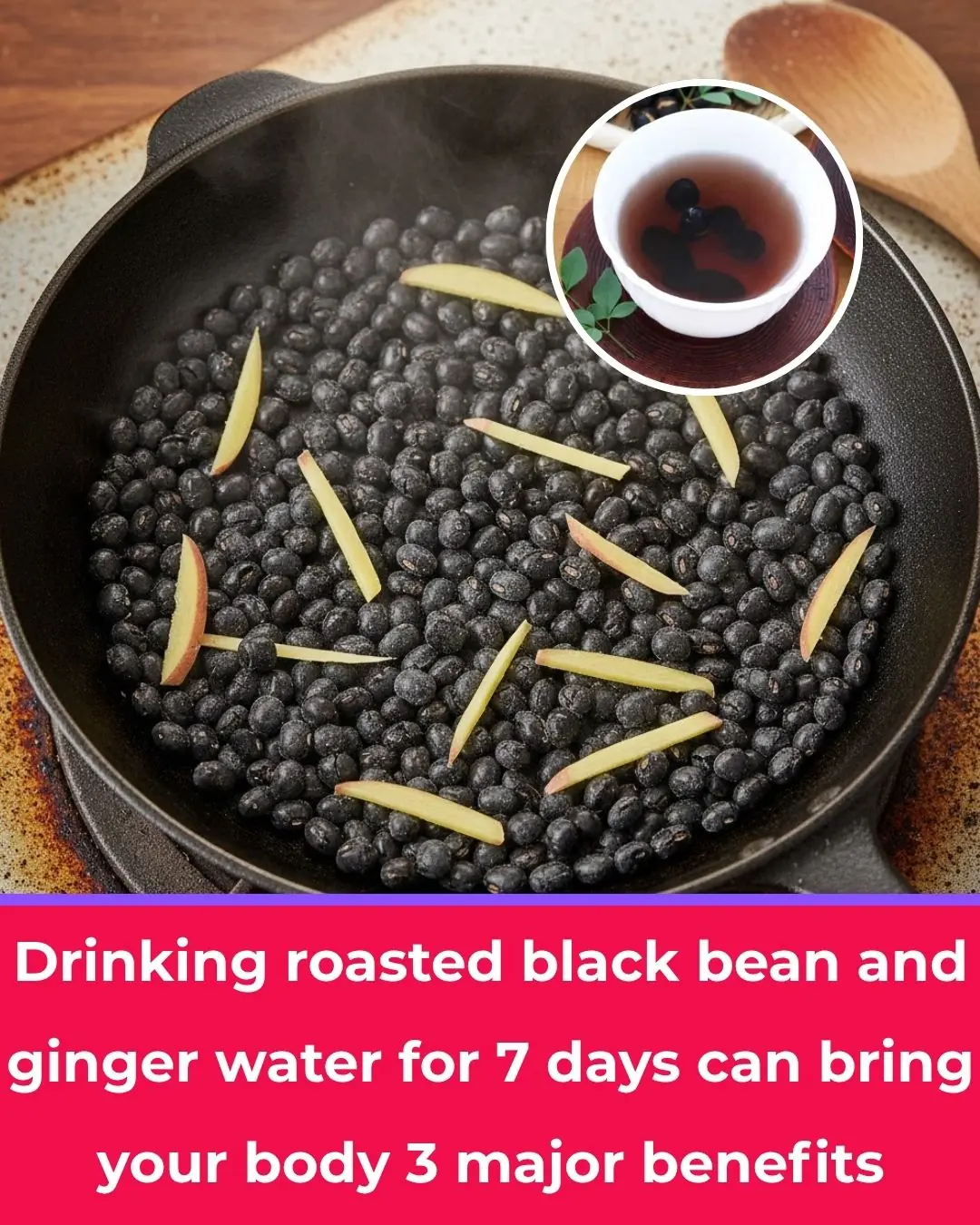
Drink Roasted Black Bean and Ginger Tea for 7 Days — Your Body Will Thank You with 3 Amazing Benefits

Garlic: The Natural Weapon Against Pests You Probably Forgot About
